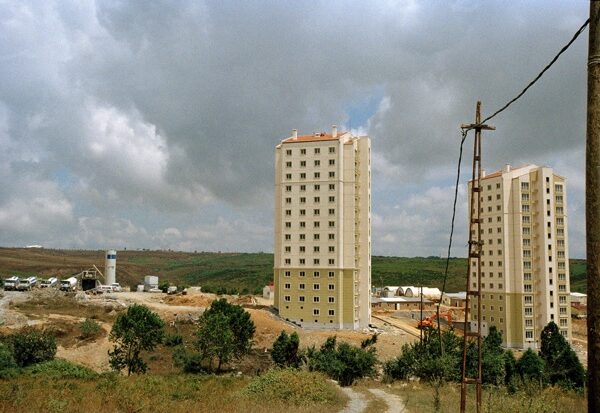exhibition
All ProgrammeArbeid
Thomas Raat / Kevin Rodgers / Stephanie Syjuco / Katsutoshi Yuasa

Opening 03.10.2015 20:00
Arbeid, a group exhibition organized in collaboration FLACC, workplace for visual artists (Genk), examines the attitude that various artists occupy in relation to artistic labour. The exhibition provides the impetus to develop alternative models that ensure that the art workplace is better adapted to the changing needs and realities of being an artist. Four artists carry the theme in various ways through work that was conceived during a residency at FLACC.
In recent years there has been a renewed interest in traditional art production materials such as ceramic, wood and glass processing. This shift coincides with a redefinition of manual work in the field of contemporary high-tech media. The position of the artist is hereby also questioned. What makes the artist “different” than the craftsman? When does labour become “artistic work”?
Why is Belgian Congolese pottery seen as traditional, while Art Nouveau pottery from the same period is ascribed a much higher artistic value? How does historical perspective change the position of the pottery from the Belgian Congo, from common utensil without any pretensions, to objects in respected museums? Is this typical for the difficult relationship with the colonial history? Stephanie Syjuco has long been interested in the politics of the industry and handicraft production and their relation to globalization and capitalism. In her project “Empire / Other” she places the exploration of the apparent contradiction between the handmade and the virtual even further, examining how society can deal with the conflict from the past.
Katsutoshi Yuasa sees how a changing world not only puts pressure on traditional artistic craft methods, but also provides opportunities to preserve them for the future. High-tech production facilities play an important role.
During Kevin Rodgers ‘ work period in FLACC, he used two specific questions as starting points: at what point does the inaccessibility of a representation begin? What does it mean for an artistic practice to be “out of order”?
The recent work of Thomas Raat focuses on the spread of modernist visual language. This experimental imagery, which originated from a small circle of avant-gardists, became conventional during the course of the fifties and sixties, due to many artists and designers tendency to reference it. This created an art historical twilight zone of secondary currents and applications. Raat takes this twilight zone, which stretches from furniture designs to book covers, as his starting point. “Modernist” images that seem to position themselves at a turning point; the moment when the experimental nature of a radical new imagery becomes homey.
04.10.2015-15.11.2015


